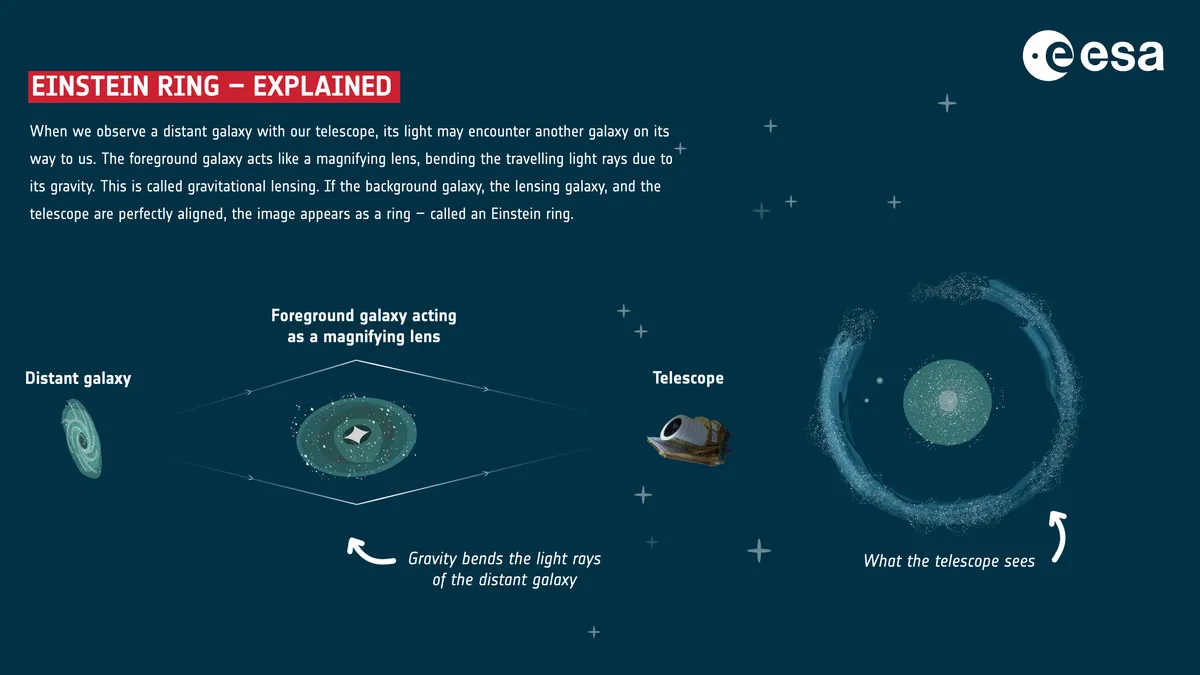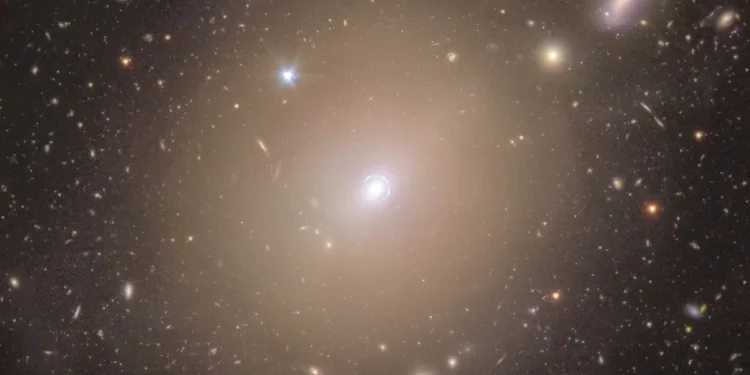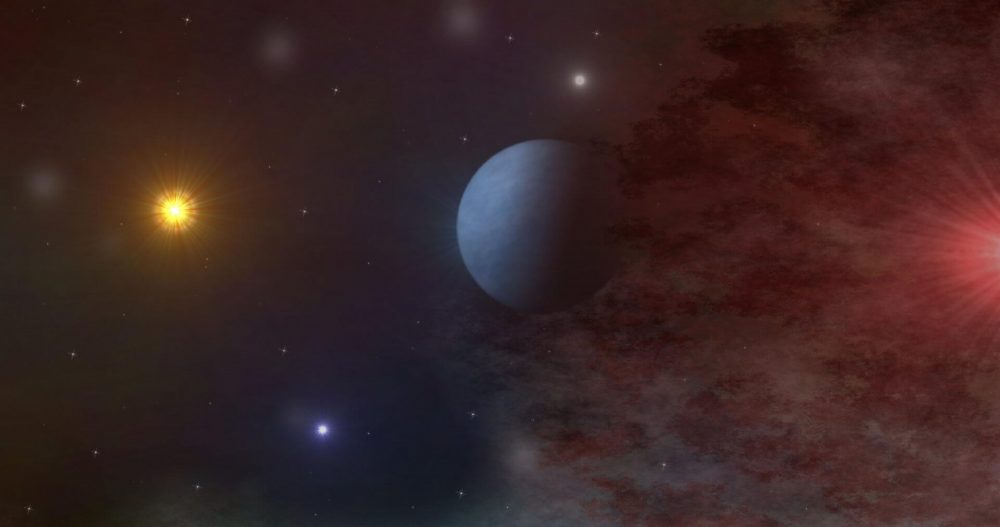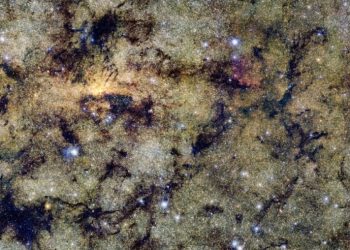Astronomers analyzing early data from the European Space Agency’s Euclid Mission were stunned when they spotted something unexpected: a striking Einstein ring that had somehow remained undetected in a galaxy astronomers have known about for over 140 years.
This rare gravitational lens—caused by the precise alignment of a distant galaxy with a massive elliptical galaxy known as NGC 6505—warps space-time in such a way that the background galaxy’s light is stretched into a near-perfect circle. The effect is breathtaking.
“This is an exceptionally rare find and a stunning example of gravitational lensing,” said Conor O’Riordan of the Max Planck Institute for Astrophysics. “Einstein rings are not just beautiful—they allow us to study the universe in ways we otherwise couldn’t.”
A Discovery Hidden in Plain Sight

The most shocking part? The foreground galaxy, NGC 6505, has been studied since 1884. Yet until now, no one had noticed the Einstein ring hidden within it.
“I find it incredible that this galaxy has been known for over a century, and yet Euclid has revealed something completely new about it,” said Valeria Pettorino, ESA’s Euclid Project Scientist. “This discovery shows how powerful Euclid is—it’s revealing secrets even in places we thought we understood.”
Euclid’s primary mission is to unravel the mysteries of dark matter and dark energy, but this Einstein ring demonstrates that the space telescope will likely deliver even more unexpected discoveries along the way. With Euclid just beginning its mission, how many other hidden cosmic illusions are waiting to be found?











